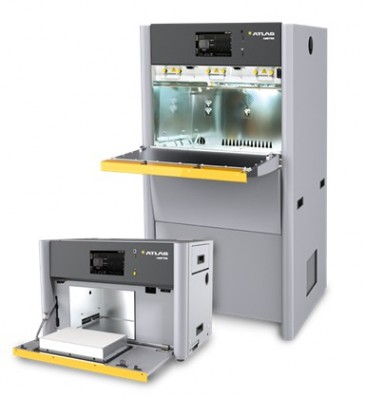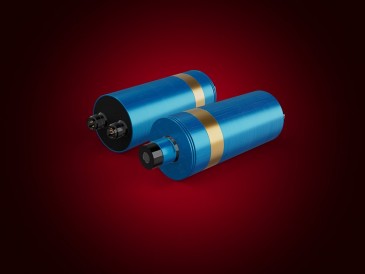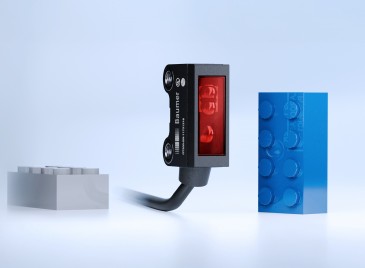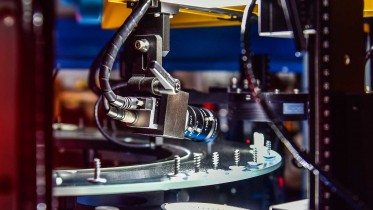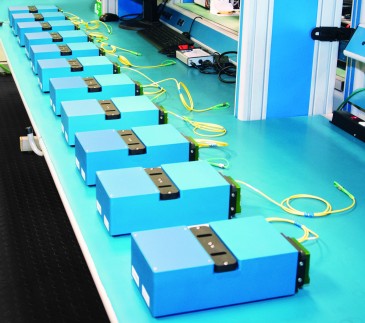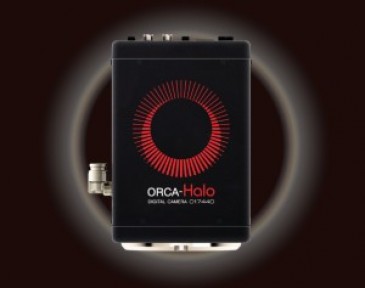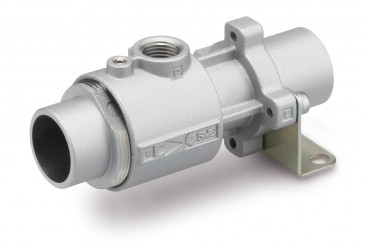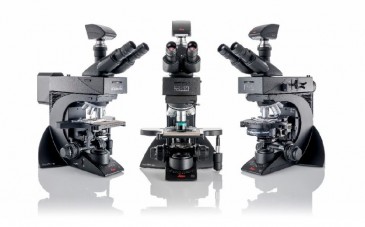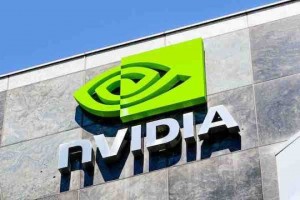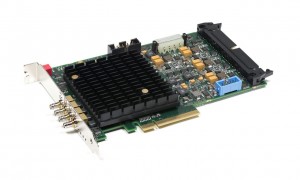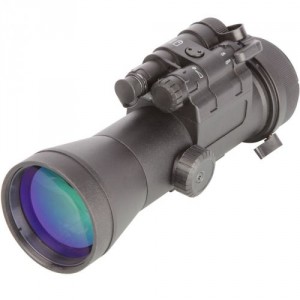
The global night vision scope market size is projected to reach USD 1045.33 million by 2021, growing at a CAGR of close to 11% over the forecast period. The global night vision scope market analyst says one trend in the market is image intensification in night vision scope. Image intensification, also known as I2, is gaining wide popularity.
Research report: Global Night Vision Scope Market 2017–2021
Image intensification — I2
These electrons are then multiplied using a cascading process before being reconverted back into visible light. They cover the near and visual infrared (V/NIR) spectrum from 0.4 to 0.9 microns but are usually limited to the red end of this range for practical purposes. I2 has evolved over the years in terms of performance and product life improvement. As the I2 tube evolved to provide enhanced performance, lower cost and lighter weight of the existing ones can be upgraded. This is achieved by simply replacing Gen 1 I2 tube with a Gen 2 tube, and then, again to a Gen 3 tube. A slight adjustment may be required, depending on the actual device.
Key players
The following companies are the key players in the global night vision scope market: ATN, Newcon Optik, Night Optics, Bering Optics and Armasight.
Other Prominent Vendors in the market are: Harris, Firefield, Sightmark, Night Vision Depot, Tonbo Imaging, Canis Latran Sportsm, NiteSite, Luna Optics, General Starlight, Shobha Ano Prints, Night Owl Optics, Nivisys, Seiler Instrument, Summit Night Vision, MAXSUR, Swarovski, Zeiss, Nightforce, Meopta, Trijicon, Leica, Leupold, Schmidt & Bender, Meopta, Conquest, SIG Sauer, Kahles Elcan, Vortex, Bushnell and Forever Plus.
Military spending as driver
According to the night vision scope market report, one driver in market is increasing global military spending. Night vision devices were introduced during the Second World War. Countries such as the US, Russia and Canada, wanted to deploy this technology in weapons. The budget for military expenses increased between 1996 and 2011 and declined from 2012 to 2014. In 2015, the worldwide military expenses represented an increase of single digits when compared with 2015 in real terms. However, many countries increased their procurement budgets in 2015.






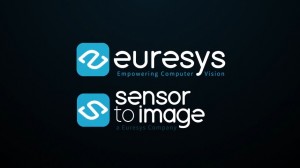





























 Back to News
Back to News